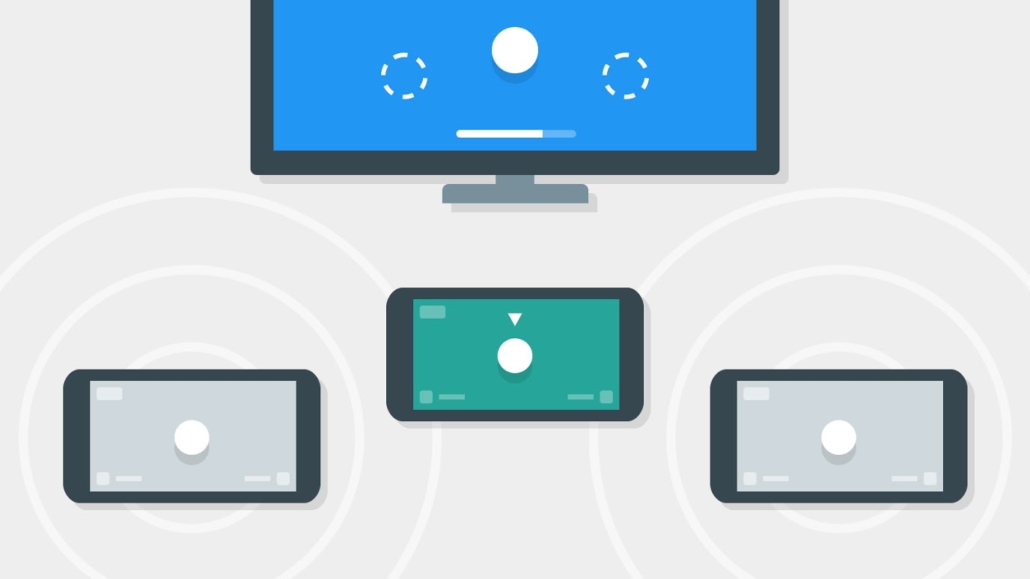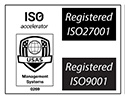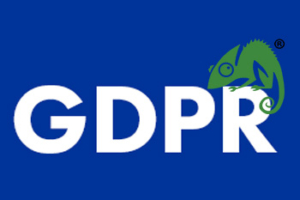Google+ pages will be shut down April 2nd 2019
In December 2018, Google announced their decision to shut down Google+ for consumers in April 2019 due to low usage and challenges involved in maintaining a successful product that meets consumers’ expectations. Google has thanked everyone for being part of Google+ and provided next steps, including how to download your photos and other content.
On April 2nd 2019, your Google+ account and any Google+ pages you created will be shut down and Google will begin deleting content from consumer Google+ accounts. Photos and videos from Google+ in your Album Archive and your Google+ pages will also be deleted. You can download and save your content, just make sure to do so before April. Note that photos and videos backed up in Google Photos will not be deleted.
The process of deleting content from consumer Google+ accounts, Google+ Pages, and Album Archive will take a few months, and content may remain through this time. For example, users may still see parts of their Google+ account via activity log and some consumer Google+ content may remain visible to G Suite users until consumer Google+ is deleted.
As early as February 4th, you will no longer be able to create new Google+ profiles, pages, communities or events.
See the full FAQ for more details and updates leading up to the shutdown.
If you’re a Google+ Community owner or moderator, you may download and save your data for your Google+ Community. Starting early March 2019, additional data will be available for download, including author, body, and photos for every community post in a public community. Learn more
If you sign in to sites and apps using the Google+ Sign-in button, these buttons will stop working in the coming Googleeks but in some cases may be replaced by a Google Sign-in button. You’ll still be able to sign in with your Google Account wherever you see Google Sign-in buttons. Learn more
If you’ve used Google+ for comments on your own or other sites, this feature will be removed from Blogger by February 4th and other sites by March 7th. All your Google+ comments on all sites will be deleted starting April 2, 2019. Learn more
If you’re a G Suite customer, Google+ for your G Suite account should remain active. Contact your G Suite administrator for more details. You can also expect a new look and new features soon. Learn more
If you’re a developer using Google+ APIs or Google+ Sign-in, click here to see how this will impact you.
From all of us on the Google+ team, thank you for making Google+ such a special place. Google are grateful for the talented group of artists, community builders, and thought leaders who made Google+ their home. It would not have been the same without your passion and dedication.









